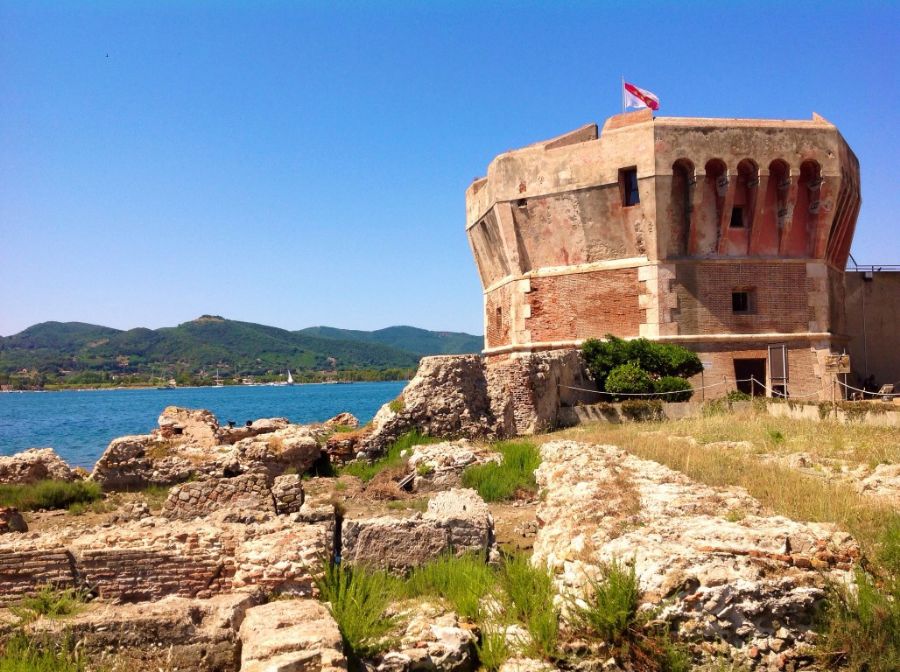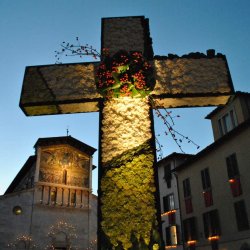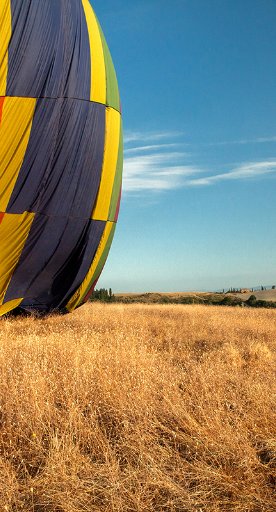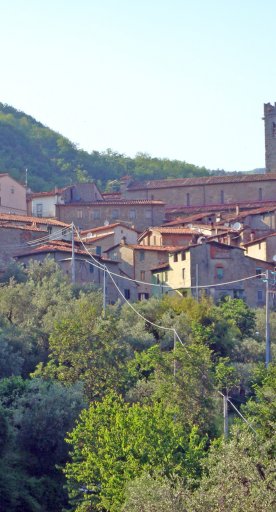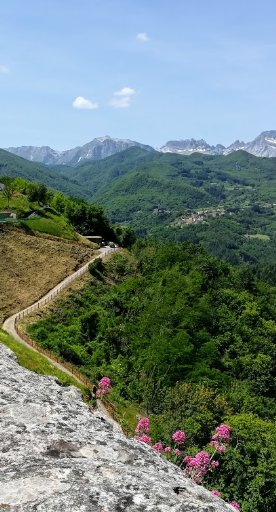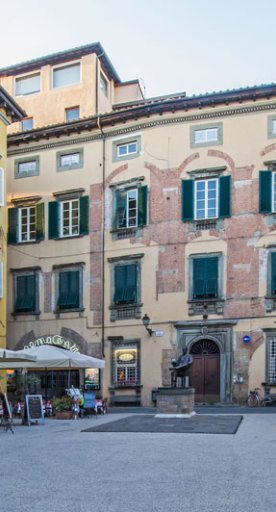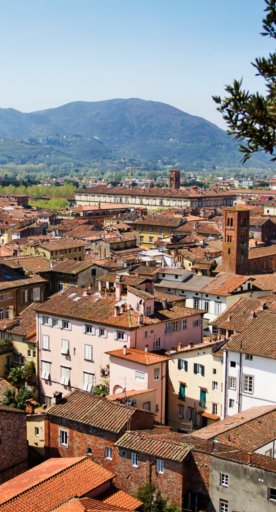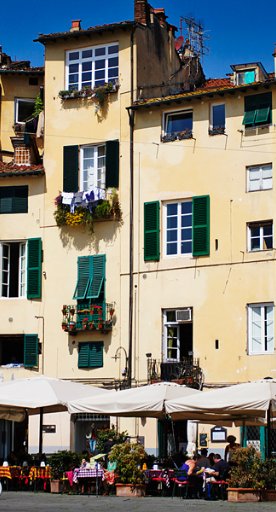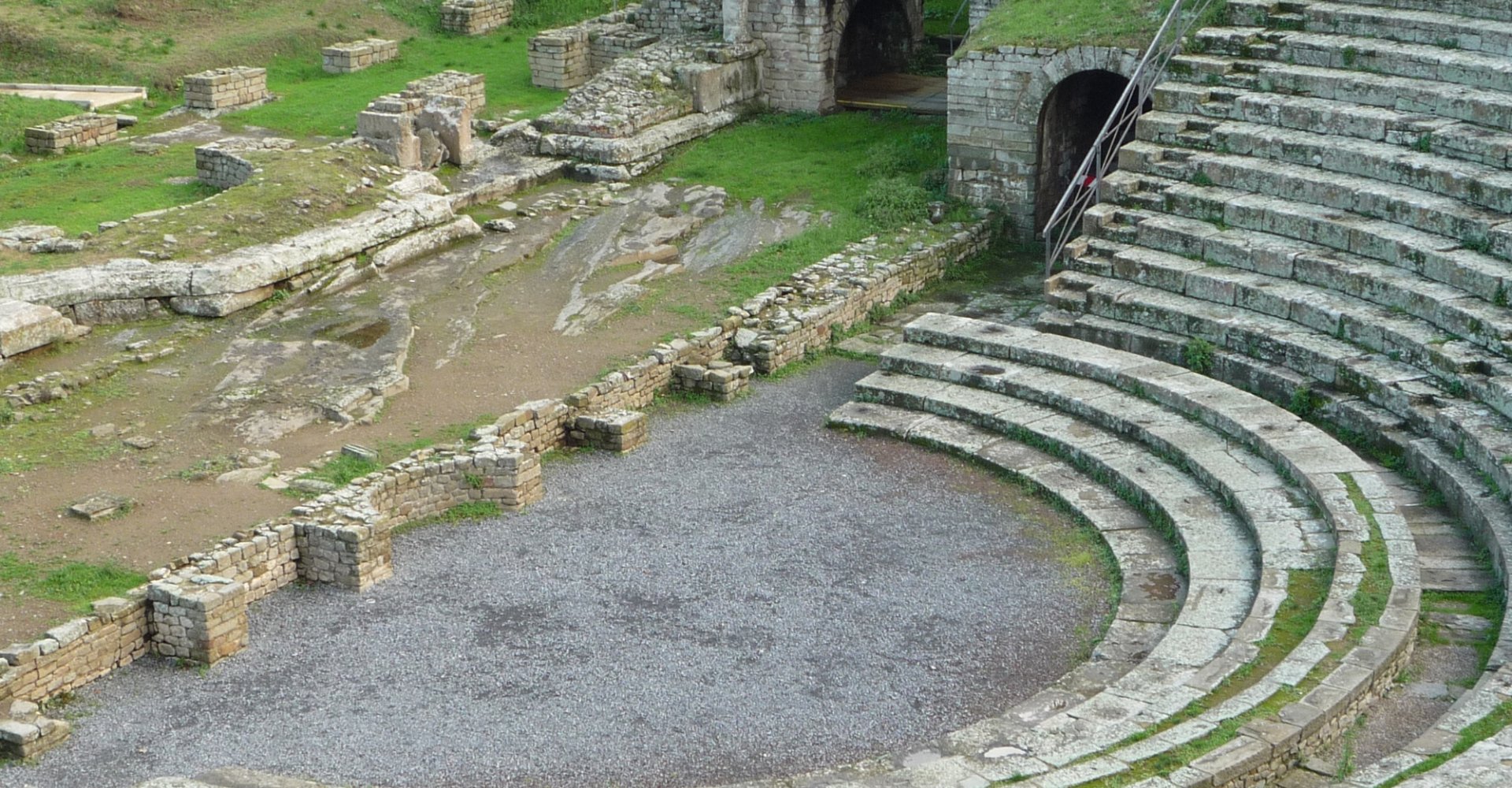

The Romans in Tuscany
Roman traces in Tuscany, from Lucca to Fiesole and the Tuscan Archipelago
Records of Roman settlements in Etruria (today’s Tuscan region) date to around the 3rd century B.C.E. Their arrival was gradual, as several of the region’s towns were simply handed over to them. However, after defeating the resistance of the Gauls (Etruscan allies) in the first century B.C.E., Roman newcomers became a powerful force in Tuscany. And despite ruling the land, the Romans did not eradicate existing cultures; preexisting societies and ancient traditions persisted regardless of Roman rule.
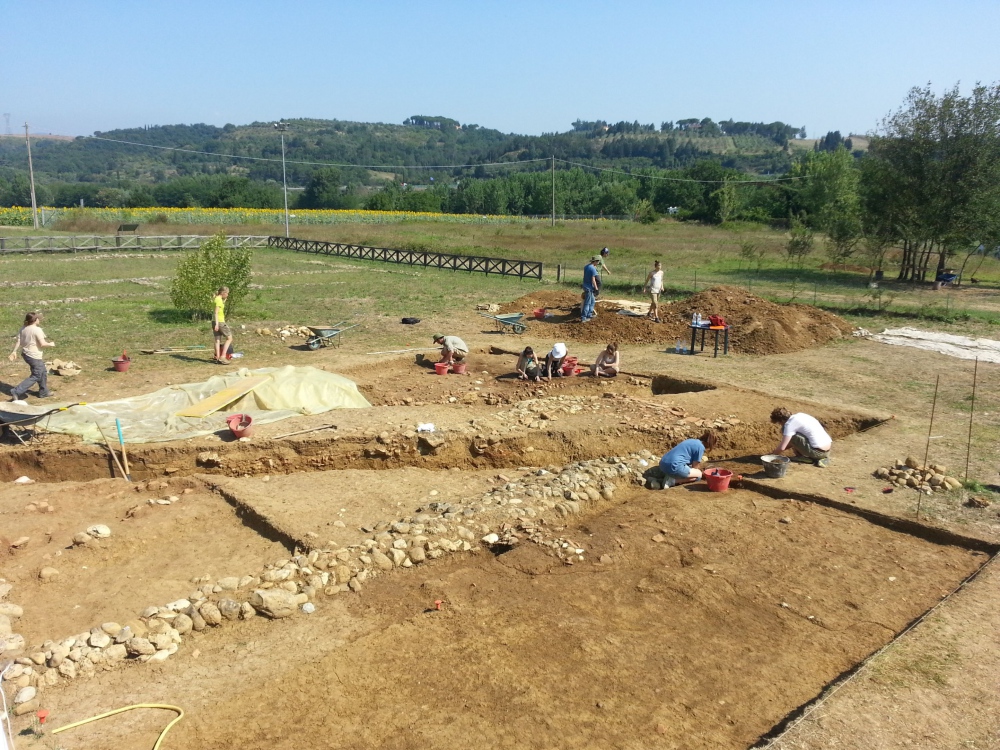
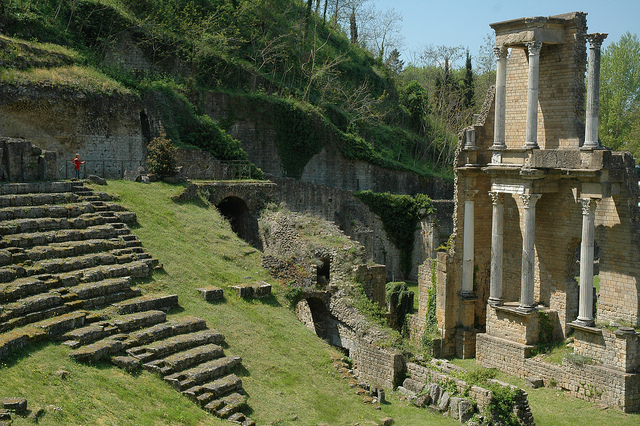
Public works and construction are the most obvious examples of Roman rule in Etruria. As master builders and organizers, the Romans built a road network throughout the region to aid their northern expansion and increase trade. Many of the main roads in Tuscany today boast Roman origins, including via Aurelia (along the coast), via Clodia (which connected Veio to via Aurelia), via Cassia (from Rome to Faesulae) and via Flaminia (which connected to the other side of the Apennines and passed through Arretium).
A number of cities in Etruria, including Arezzo, Cortona and Pisa, did not resist ‘Romanization,’ though they did not openly support their invaders. And despite increased trade and urbanization due to the new roads, the region’s art production declined. This fact was a result of Roman civil wars around Etruria and the spread of a deadly disease: malaria.
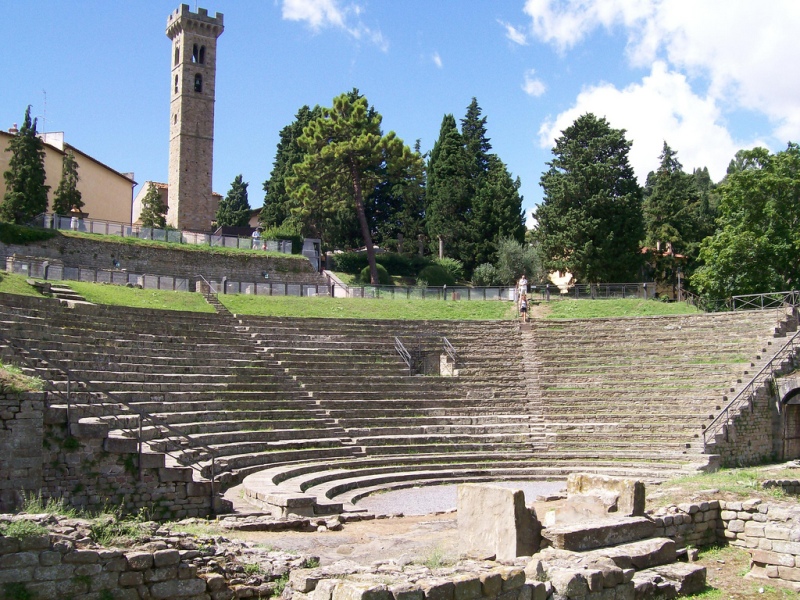

Traces of the ancient Romans are still evident in many of Tuscany’s cities today. Head to piazza della Repubblica in Florence to stand in the heart of Roman Florence (the ancient castrum) or visit the ancient theater and Roman baths in Fiesole. In Arezzo, you’ll find a theater and amphitheater, while in Pisa you’ll see the Baths of Nero. A theater and Roman baths were also discovered in Volterra. The evocative piazza del Anfiteatro in Lucca boasts Roman origins, not to mention the walls in Cosa, the grandiose remains in Roselle and the recurring symbol of the Capitoline Wolf in Siena.
Many of Tuscany’s most beautiful natural areas are also home to a number of Roman remains. You’ll find traces of this ancient civilization in the splendid Roman villas on Elba Island and other areas, such as Giannutri, Gorgona, Porto Santo Stefano, Cecina and Massaciuccoli.
